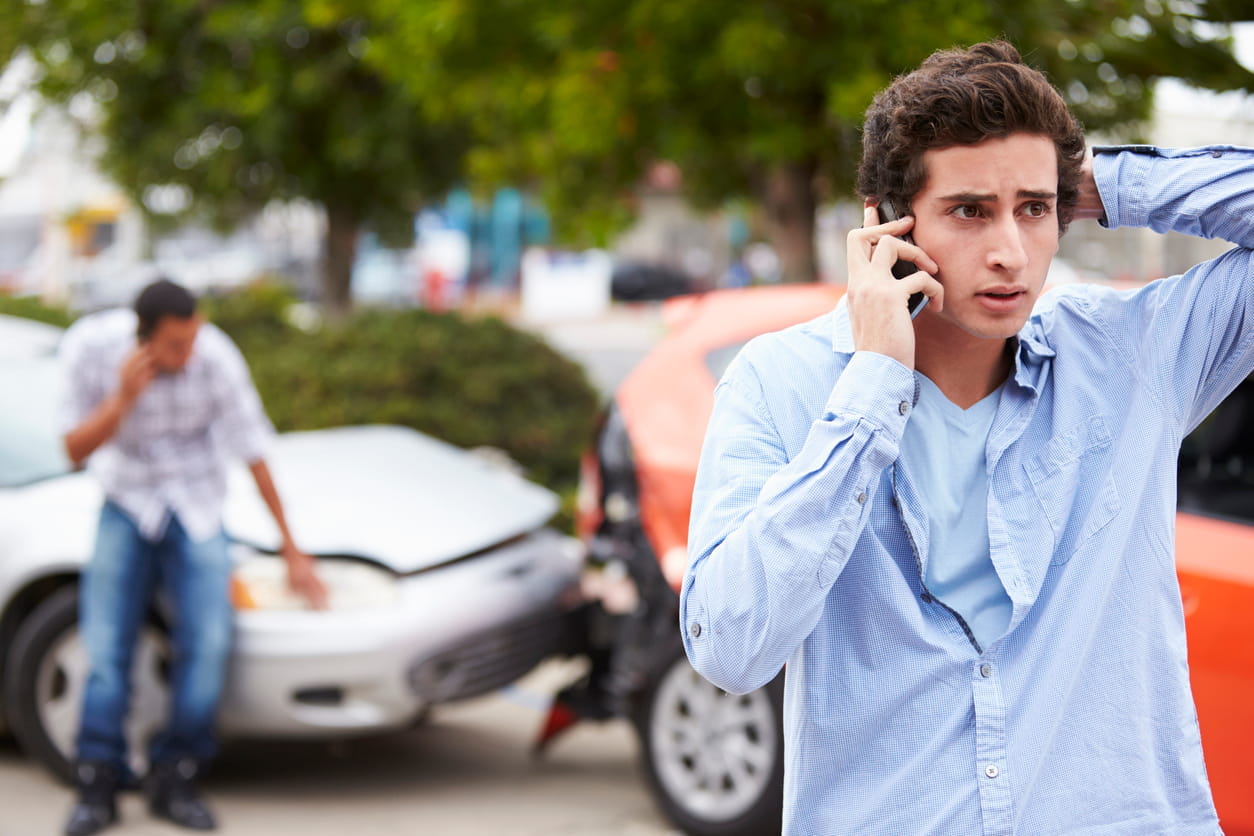Own Damage in India: Is Your Car Protected from More Than Just Crashes?
May 14, 2024When most people get car insurance, they prioritize keeping their cars safe from crashes and accidents. It’s crucial to take into account the potential for additional damages to your vehicle, though. We’ll talk about own damage coverage in India in this post, along with the benefits of having it for your vehicle.
Table of Contents
Own Damage Insurance Meaning in India?
Own damage cover of a motor insurance policy provides for the cost of repair of your vehicle in the event of an accident, natural calamities, theft as per the policy terms and conditions. Although third-party (TP) insurance is required by law to protect car owners, own damage (OD) insurance is an option for additional security.
Own Damage Car Insurance Cover and Exclusions
Own damage cover, as the name implies, assists with the expense of fixing your car when it is damaged. All of the following types of damages are covered:
- Accidental damage insurance covers the costs of repairs for any damage/loss an accident may cause to your car.
- Theft or burglary.
- Vehicle damage brought on by earthquakes (fire and shock damage), cyclone, landslides, rockslides, flood, typhoon, hurricane, storm, tempest inundation, hailstorm, etc.
- Damage brought on by fire explosion, self-ignition or lightning.
- If there is any damage sustained when the car is in transit by road, rail, inland-waterway, lift elevator or air.
- Damage resulting from artificial catastrophes like terrorism, strikes, riots, and hateful acts, etc.
Some of the exclusions include the following:
- You will not be covered for accidents that happen outside of the specified geographic boundaries of your policy.
- The claim will only be accepted if you are driving with a valid driver’s license and are involved in an accident.
- If you are caught driving while intoxicated, your car will not be protected if it is used for racing, speed testing, or any other type of commercial use.
Factors that Affect Premiums of Own Damage Car Insurance
Several factors influence the premiums of own damaged car insurance policies. Here are some key considerations:
- Vehicle Type and Model: The make, model, and year of your car affect insurance premiums. High-end vehicles or those with expensive parts typically cost more to insure.
- Driving Record: A history of accidents, traffic violations, or claims can increase premiums, as it suggests a higher risk of future incidents.
- Location: Where an individual stay plays a crucial role in determining premiums. This means, urban areas with higher rates of accidents, theft, and vandalism typically have higher insurance costs compared to rural areas.
- Usage: How you use your car affects premiums. For instance, using your car for business purposes or long commutes may lead to higher premiums compared to occasional recreational use.
- Safety Features: Cars equipped with all the advanced safety features like anti-theft devices, airbags, etc, may qualify for lower premiums due to reduced risk.
- Deductibles: Opting for a higher deductible typically lowers premiums but increases the out-of-pocket expenses in the event of a claim.
- Coverage Limits: Higher coverage limits result in higher premiums. Evaluating your coverage needs carefully can help balance protection and affordability.
- Insurance Company Policies: Each insurance provider has its own underwriting criteria and pricing strategies. Shopping around and comparing quotes from varied insurers can help find the best rates.
- Credit Score: In some regions, insurance companies consider credit scores when calculating premiums. A higher credit score may result in lower insurance costs.
Who Should Get Their Own Damage Insurance Policy?
Purchase an Own Damage Auto Insurance Policy if you fall into any of the following categories.
New Car Owners
Getting auto parts fixed or changed might be expensive if you recently bought a new car. In the event that your vehicle is damaged, a stand-alone OD coverage will enable you to save costs.
New Drivers
It is advisable for new car drivers to consider obtaining a separate Own Damage policy to ensure their safety and enjoy a peaceful night’s rest.
If You Have a Liability-Only Policy
You can choose to get a stand-alone damage insurance policy if you currently have a valid third-party liability policy.
Owns an Expensive/Luxury Car
An expensive repair or replacement can be incurred when working on a luxury vehicle. You can avoid it precisely with the Own Damage auto insurance plan.
Ways to Reduce Your Own Damage Car Insurance Premium
You may take a few helpful steps to make sure that purchasing your own damage insurance policy for your automobile won’t break the bank. Among these actions are:
Increase Voluntary Deductibles
A deductible is a predetermined sum that must be paid by the insured at the time of filing a claim. You receive a premium reduction if you choose a greater deductible. It’s a good idea to pay up in a reasonable yet significant amount because that will lower your premium accordingly.
Ensure to Transfer Your NCB
Car owners have the freedom to select the insurance company of their choice for their vehicles. It is not obligatory to renew car insurance with the same insurer every year.
However, car owners who have accumulated a high No Claim Bonus (NCB) over the years may be hesitant to switch insurance companies. NCB is awarded as an incentive for responsible driving and avoiding accidents, so other insurance companies are also interested in providing coverage for vehicles with a high NCB due to safe driving.
When changing insurers, the NCB can be transferred, and a reduction in premium is offered based on the number of consecutive claim-free years. It is important for car owners to ensure that the NCB is transferred and that the premium amount is adjusted accordingly when switching insurers.
Secure Your Car with Anti-theft Devices
The presence of anti-theft devices in cars significantly increases their security level. This not only deters theft attempts but also aids in the recovery of stolen vehicles. Consequently, the number of theft-related claims for these well-protected vehicles decreases, prompting insurance companies to reduce the premium amount for the owners. Therefore, installing anti-theft devices serves as a practical approach to lowering car insurance premiums.
Select Relevant Add-ons
While add-ons like Return to Invoice and Depreciation cover improve the coverage, they also raise the premium cost. Therefore, evaluate your needs and choose just those add-ons that would enhance the value of your OD insurance policy.
The Bottom Line
Own damage coverage is an important aspect of car insurance that should not be overlooked. It protects your vehicle from various types of damage and can save you from expensive repair costs. When purchasing car insurance, make sure to carefully consider your options and select the best coverage for your needs.

:max_bytes(150000):strip_icc()/exchanging-insurance-details-478050934-6b608fd0777642b9b96c177498dfe415.jpg)










